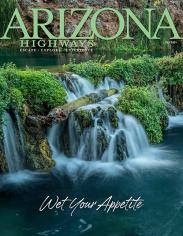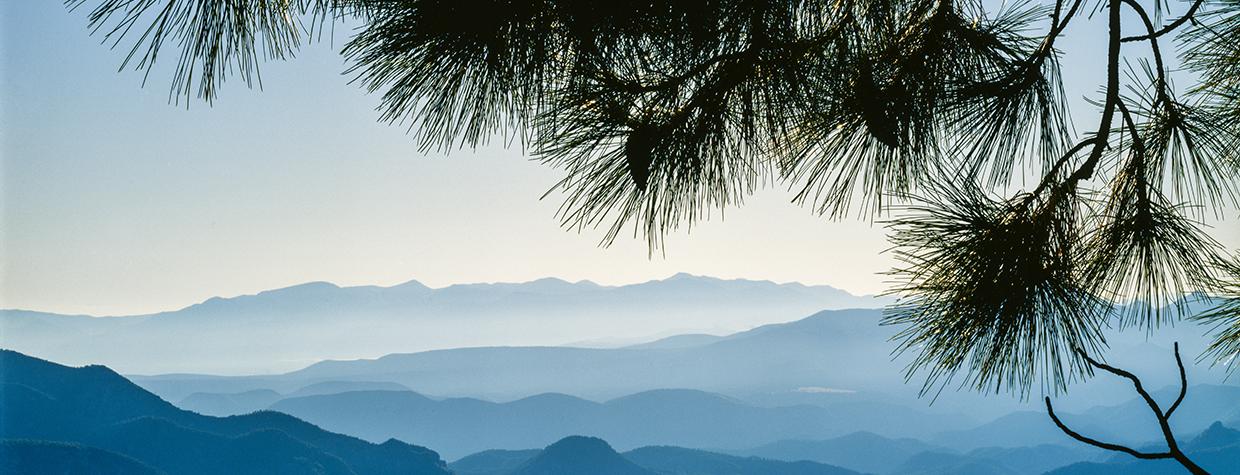LONG AGO AND OFTEN I DREAMED THE BLUE.
Before I walked into and through parts of it, I awoke from it — sleep-drunk on the memory of being lost and found in woods thick and wild.
Then, one October morning, I set into the Blue Range Primitive Area and trespassed back into the dream.
The last of the federally designated primitive areas in the national-forest system, the Blue spans 199,505 acres along the state’s far-eastern edge, cutting a rough spine between Arizona and the Blue Range Wilderness of New Mexico.
Its namesake river flows nearly 51 miles from near Alpine to its confluence with the San Francisco River near Clifton. That river’s valley served as passage for Francisco Vázquez de Coronado and his men as they wandered the Southwest in search of the fabled Seven Cities of Cibola.
Hundreds of years after Coronado traversed Eastern Arizona, naturalist Aldo Leopold learned to “think like a mountain” on Escudilla, the state’s 12th-highest peak. There and within the Blue, he began the slow work of changing public perception about wild places, of educating politicians and civilians alike about the importance of protecting them.
And today, the Blue River, its valley and its range comprise perhaps the state’s most unsullied landscape — Henry Wadsworth Longfellow’s forest primeval made real by murmuring pines so dense that, once in them, you find yourself swallowed by their long shadows.
As I did.
I went to find the river, to taste in sips one of Arizona’s greatest wild spaces. I went to try to understand what it means to be primitive. But, more than anything, I wanted to build an argument for congressional designation of the Blue as a wilderness area, a label that would afford it the ultimate environmental protections under federal law.
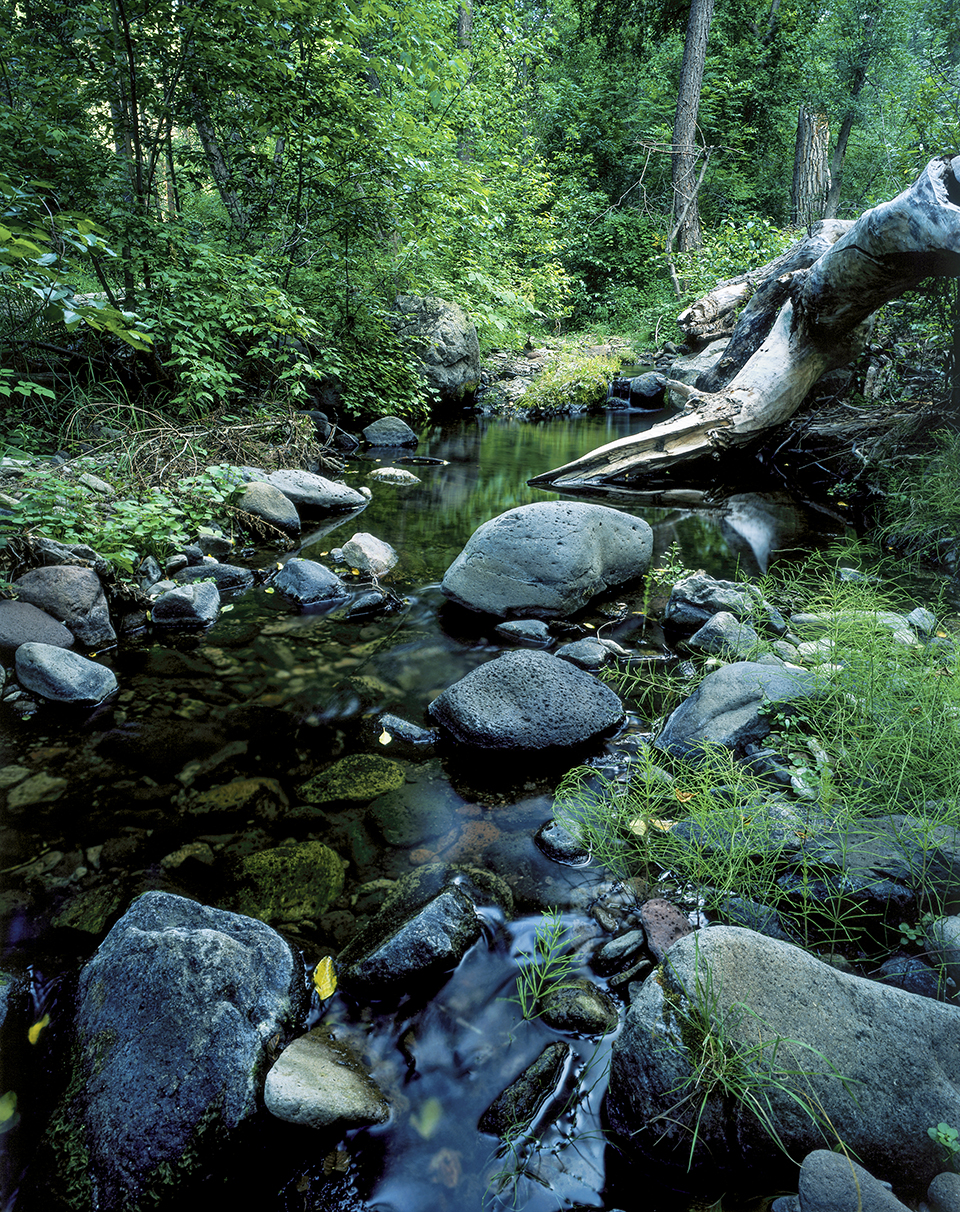
THE ADMINISTRATIVE HISTORY of the Blue reads as a fairly anticlimactic tale. It’s the story of how one of Leopold’s favorite landscapes became lost in the bureaucratic shuffle of environmentalism and policy, of the slow evolution of a land that became lost without political advocates.
In 1929, on the heels of Leopold’s charge to designate the nearby Gila Wilderness, the U.S. Forest Service published its “L-20” regulation to designate primitive areas within national forests.
The document applauded the concept of wilderness but didn’t do much to permanently protect wild lands. In fact, it kept intact existing Forest Service capability to change boundaries and allowed activities that could impact wilderness qualities. Regardless, by the end of 1933, 8.7 million acres in 63 areas, including the Blue Range, had been designated primitive.
At the time, the public hadn’t yet accepted the term “wilderness” as a positive, according to Don Hoffman, the former executive director of the Arizona Wilderness Coalition and a longtime resident of Blue, the tiny, unincorporated Greenlee County community on the edge of the primitive area.
“The Forest Service decided that the label of ‘wilderness’ wasn’t very popular because most previous associations with the term were negative,” Hoffman says. “There were biblical connotations, where one was banished to the wilderness. Also, the American frontier ethic was to conquer and quell ‘wilderness.’ To enjoy wilderness for its solitude or to achieve spiritual renewal were new concepts for most Americans. As an alternative, the L-20 regulation created primitive areas.”
By 1939, total primitive acreage had increased to 14 million. That same year, at the urging of Wilderness Society founder and Forest Service employee Bob Marshall, the L-20 regulation was replaced by the “U” regulations, which provided stronger protection for wilderness characteristics and offered a somewhat greater assumption of permanence. In other words, no changes could be made to the way primitive areas were managed — or protected — without an order by the secretary of agriculture.
The U regulations finally and effectively protected the Blue and a number of other wild landscapes as primitive areas, stating that the Forest Service would be required “to maintain primitive conditions of transportation, subsistence, habitation, and environment to the fullest degree compatible with [the lands’] highest public use.”
There could be no roads and no motorized travel. No bicycles. No mechanized tools. In short, primitive areas were to be maintained as wild lands without development and without the sorts of human technological intrusions that have a tendency to devastate wild places.
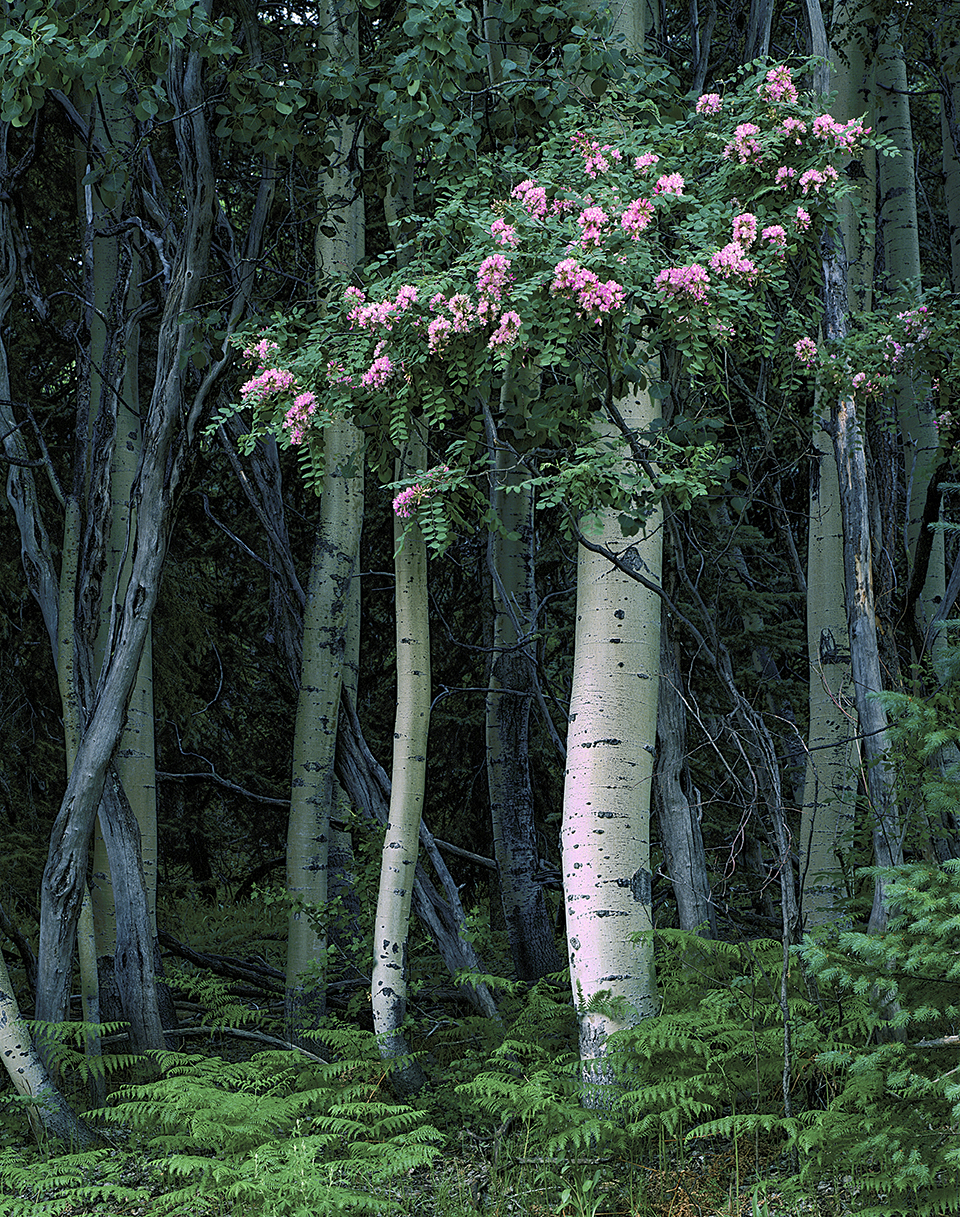
What’s more, the U regulations required that primitive areas be reclassified into three new categories: wilderness, with lands of 100,000 acres or more; wild, with lands of 5,000 to 99,999 acres; and roadless. By those standards, the Blue was considered wilderness.
Decades later, much about the public’s perception of the term “wilderness” had changed. The Wilderness Act of 1964 passed, and the federal government awarded ultimate protection to 54 wilderness areas across the country. The Blue, though, along with 33 other primitive areas, retained its existing status.
The act mandated that, within 10 years of its passage, there be a Forest Service review of the remaining 34 primitive areas for potential wilderness designation. Hoffman says the agency completed its review of the Blue and recommended the area for designation, but without an Arizona-sponsored bill to support the change in Congress, nothing happened.
During the ’70s and ’80s, advocates made multiple attempts to create a cohesive Blue Range Wilderness in Arizona and New Mexico. But in 1980, New Mexico’s congressional delegates successfully sponsored a bill that designated only the New Mexico portion as wilderness.
A 1984 effort by the fledgling Arizona Wilderness Coalition attempted to protect a number of roadless areas, including Bureau of Land Management holdings on the Arizona Strip and a number of national-forest areas, including the Blue. There was compromise and bargaining. According to Hoffman, then-Arizona Representative Morris Udall considered the Blue a “tough sell.” It was ultimately bargained out in exchange for the Mount Wrightson Wilderness in the Coronado National Forest south of Tucson and the Escudilla Wilderness north of the Blue Range.
“The thinking was that the Blue would still be protected as a primitive area,” Hoffman says. “The Wilderness Act still dictated to the Forest Service that the range would have to be maintained under those regulations, some of which are more strict than wilderness regulations. For example, only the chief of the Forest Service can authorize the landing of aircraft in a primitive area.”
What, then, is the fundamental difference between a primitive area and a wilderness area? Mineral claims. Wilderness areas can’t be prospected. Primitive areas can.
“There are abandoned mining claims in the Blue,” Hoffman says. “There’s nothing active, but there’s a potential for copper-mining.”
And that would have a tremendous environmental effect on one of the country’s most pristine landscapes. As a University of Virginia study reads: “The way in which copper has been traditionally mined has resulted in the production of toxic waste products and negative changes to the immediate mine environment. The environmental consequences of the mining process are substantial and have both acute and chronic effects on the geography, water, vegetation and biological life in the surrounding areas. … [Acid mine drainage] has had a huge negative impact on the environment, often resulting in the inability to sustain life in badly affected areas.”
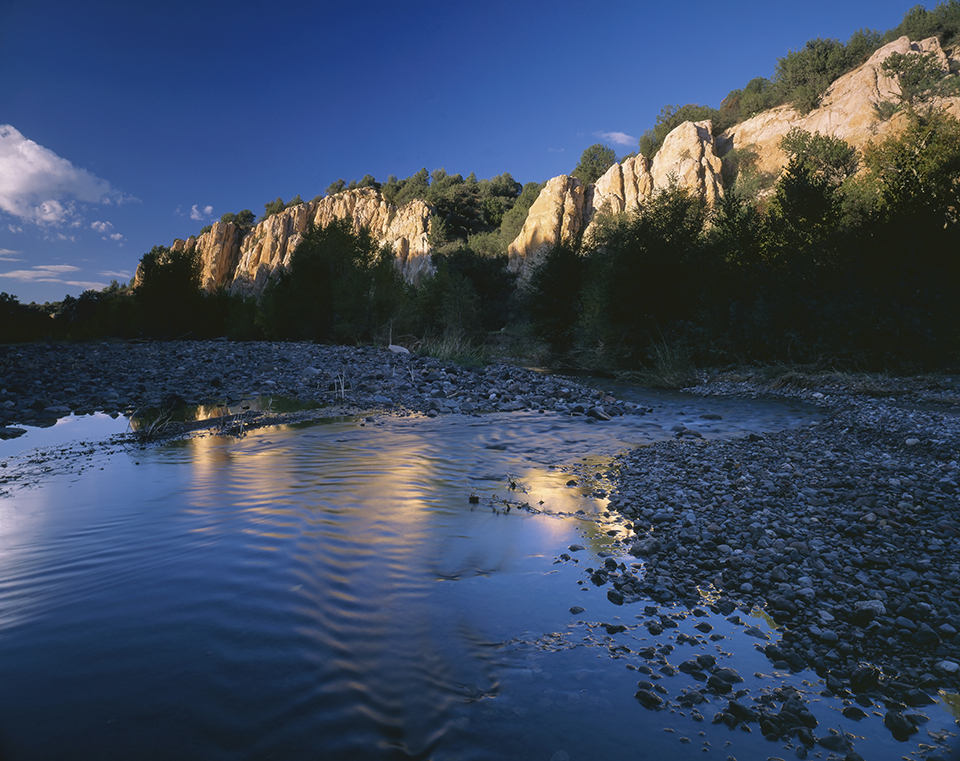
There are places in Arizona where I have felt a trespasser.
Once, among the buckwheat and white sand on Paria River Beach at Marble Canyon, I watched a heron fish. Then it flew away with a rush of wing so startling and still loud against the din of water, I thought a whole flock of birds had lifted off.
Some early autumn, I found myself deep in Wupatki National Monument, where shards of ancient pottery rest among the rock and grit of a not-so-obvious trail, waiting to be discovered or unknowingly crushed into dirt themselves.
And, one late winter, I wandered a familiar trail in Sycamore Canyon, feeling as though I was watching my own life from a reel, outside in.
But nowhere have I felt my human-ness more than in the Blue.
There, as with so many wild places across the state, finding water means finding wildlife. Birds. Mule deer. Coues white-tailed deer. Elk. Coyotes. More. People are the out-of-place things.
Within minutes of walking into the range, my footprints met the unmistakable tracks of black bears. Thick pads. The casual puncture of claws. Weighty imprints in mud soft and fresh. They were, to me, magic. For so long, I had wanted to see a bear in the wild, and those prints were as close as I’d been — echoes somehow of Old Bigfoot, the last grizzly bear in Arizona. That ursine hero made his home on Escudilla, and I conjure him almost as often as I dream the woods thick and wild.
At Hoffman’s suggestion, I intended to take the Bonanza Bill Trail to Cow Flat. I’d camp, then take the Cow Flat Trail all the way to the Blue River and back. I’d cover about 38 miles in three days, carrying a 40-pound pack stuffed full of gear, food and enough water to get to camp. There would be, Hoffman said, water in a number of ephemeral springs that run like shallow veins across the landscape. I could filter it and drink my fill.
But the bear tracks had distracted me, and I ended up in New Mexico.
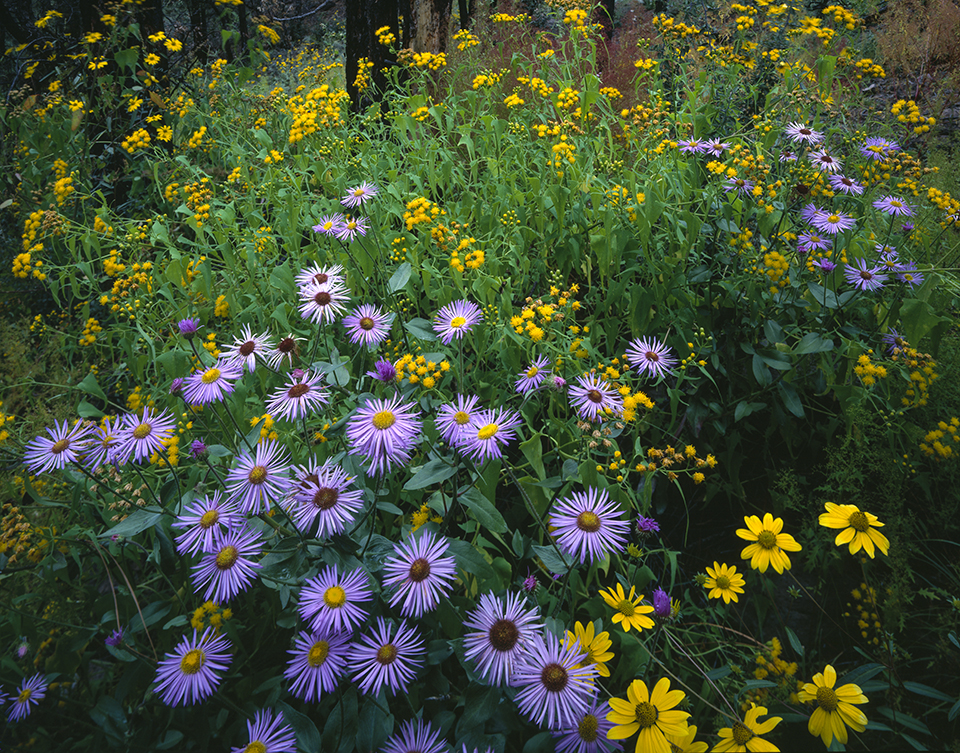
I wasn’t sure at first, but the swell of instinct built in my chest like heat. Then, a couple on horseback confirmed it for me.
“You’re on the Tige Rim Trail,” they said.
So I was. It hadn’t mattered, really. If anything, it was a bonus, because when I stopped for a snack and to rest my shoulders and legs, I sat high on a ledge, looking long and deep into the Blue Range Wilderness next door.
There is no physical boundary between the two spaces, of course, but the philosophical boundary is worth noting. New Mexico’s Blue Range Wilderness had enough political backers to protect it permanently. Arizona’s Blue has plenty of advocates — the Wilderness Coalition, the Wilderness Society and Hoffman among them — but none with the political clout to push a wilderness bill through Congress. The Blue needs a politician with vision enough to realize that while there’s no imminent threat of copper-mining in the Blue, there’s no guarantee that there won’t ever be. In short, the Blue needs an environmentally friendly congressman.
“The mining issue is a big one,” Hoffman says. “But there’s another issue at stake, too. There’s so much personnel change in the Forest Service that it’s hard to keep people trained on the issues that face the Blue. It’s hard to constantly re-explain why the range is different from other areas. To me, that’s a bigger threat. Something could happen, or something could appear because people don’t know what their responsibility is.”
And, of course, there are some people who don’t want to see the Blue achieve wilderness status. Ranchers and environmentalists have long held differing opinions about wilderness policies, particularly on the subject of wildlife management. That issue became paramount in 1998, when the Arizona Game and Fish Department began reintroducing Mexican gray wolves into portions of their historical range, including the Blue and surrounding areas. And that was a problem for ranchers.
The Marks family has lived and worked the Blue on the WY Bar Ranch since 1891.
Just this spring, wolves killed a pregnant cow on the Markses’ ranch, bringing back a more-than-decade-old memory of when the Aspen pack threatened the community, killing cattle and bullying pets.
“I know we raise the cattle for beef, but we really care about them,” says Barbara Marks. “We use dogs to help us move the cattle, but wolves are extremely territorial and will attack them. The dogs are our companions, but they’re also vital for ranch management. If we know wolves are in an area, we’re hesitant to take the dogs, making our job harder. Any delay in gathering cattle means they’re exposed to predators, including the wolves, for a longer period of time.”
And, for the Markses, the Blue isn’t just a place to ranch. It’s also home.
“Even after 38 years of living here, I’m still in awe of what I see,” Marks says. “Hearing the birds as their songs change with the seasons, reaching a crescendo in summer as they enjoy the lushness of the vegetation. The clear air and sweet water greet our senses every day.”
But, the family is opposed to wilderness designation for one simple reason: It’s not necessary, they say.
“Too many people use the word ‘wilderness’ for anything that has trees, grass and wild animals, to actual wilderness, to forests with timber-harvesting, to someone’s naturalized yard,” Marks says. “Many designated wilderness areas and our primitive area have health problems. While naturally occurring fires can be beneficial, the ability to ‘help’ by lopping limbs before a prescribed fire — when conditions are right — is better. But that’s frowned on in wilderness areas. Because of the magnitude of other regulations, wilderness designation is not really necessary. Even projects in multiple-use areas are scrutinized and have to go through processes and evaluations before they can be done, and unfortunately, many beneficial ones are not seen through.”
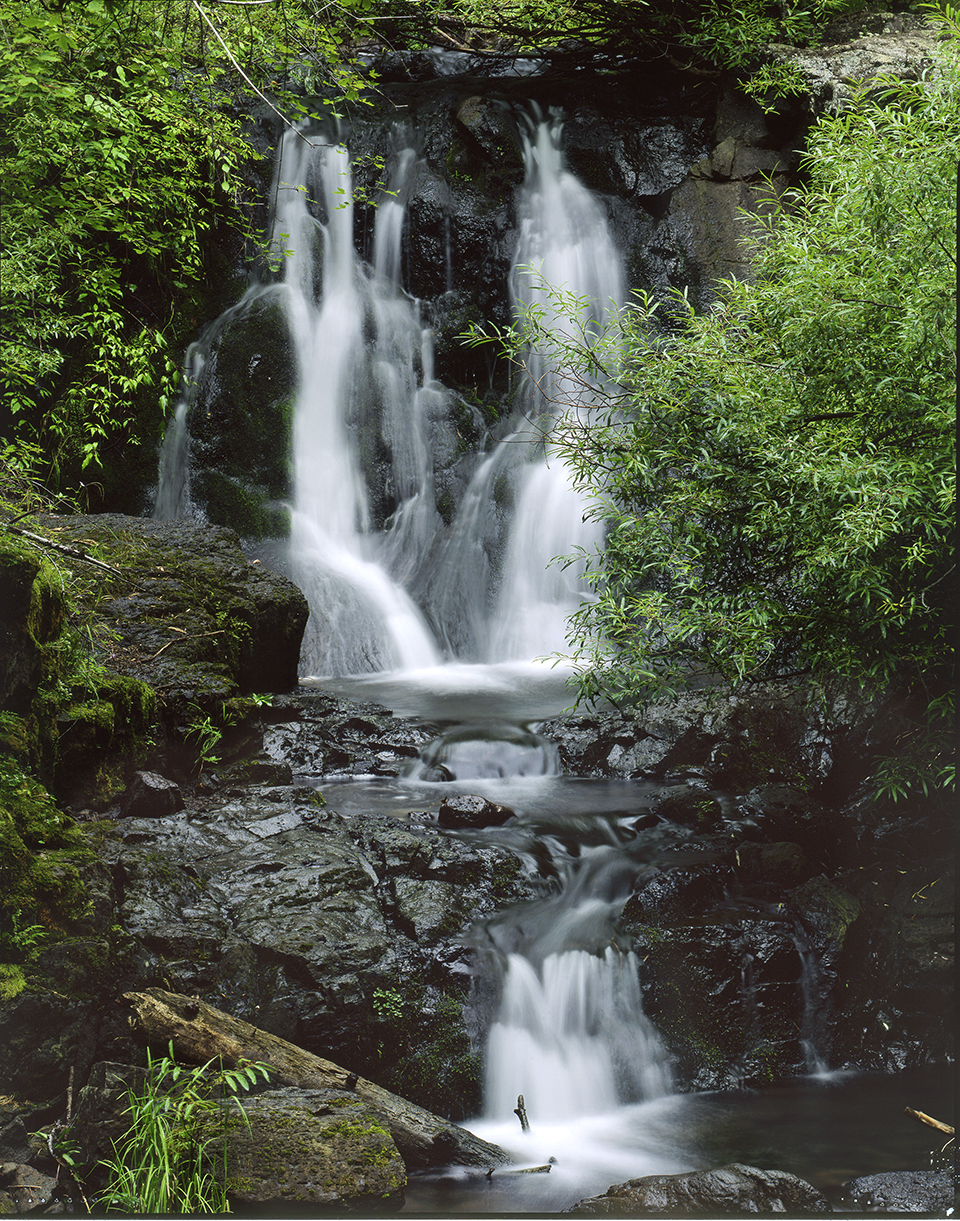
Despite having taken the wrong trail, I found my way to the right one, pulled water from Franz Spring, filtered it and drank the cold miracle of earth — some long-ago snowmelt that had found its way to me in that moment.
Shortly after, camp. The ground was soft, and as the sun started to fade behind a ridge, its last light struggled through the pines like candlelight around corners. I had walked into the Blue on the cusp of a big decision, the kind that calls for solitude, for a lot of space and little sound. The range afforded me that, and then some.
At nearly 4 on my second morning in the range, I awoke to the sound of wolves. Coyotes? No. I’ve heard them enough times to know that these barks and howls were different, more animal, more sure.
They called to each other across a space I could only imagine. I figured myself right between them, and it was exactly where I wanted to be. I’ve tried several times to write what it sounded like, but I fail each time. At best, I can muster these words: alive, desirous and louder than anything I’d heard the entire trip.
Days later, back in Phoenix, I emailed Jeff Dolphin, the Arizona Game and Fish Department’s wolf expert.
“I woke several times to the howling of what I thought might be wolves,” I wrote. “I’m wondering if you have any way of knowing if there were packs in the area Friday and Saturday nights and Sunday morning, and, if so, you might be able to tell me what packs they were and any information about them.”
Months earlier, I had stood near Baldy Peak with Dolphin and listened to radio pings from the collars of nearby wolves. I had hoped that the voices I heard in the Blue might be from the same.
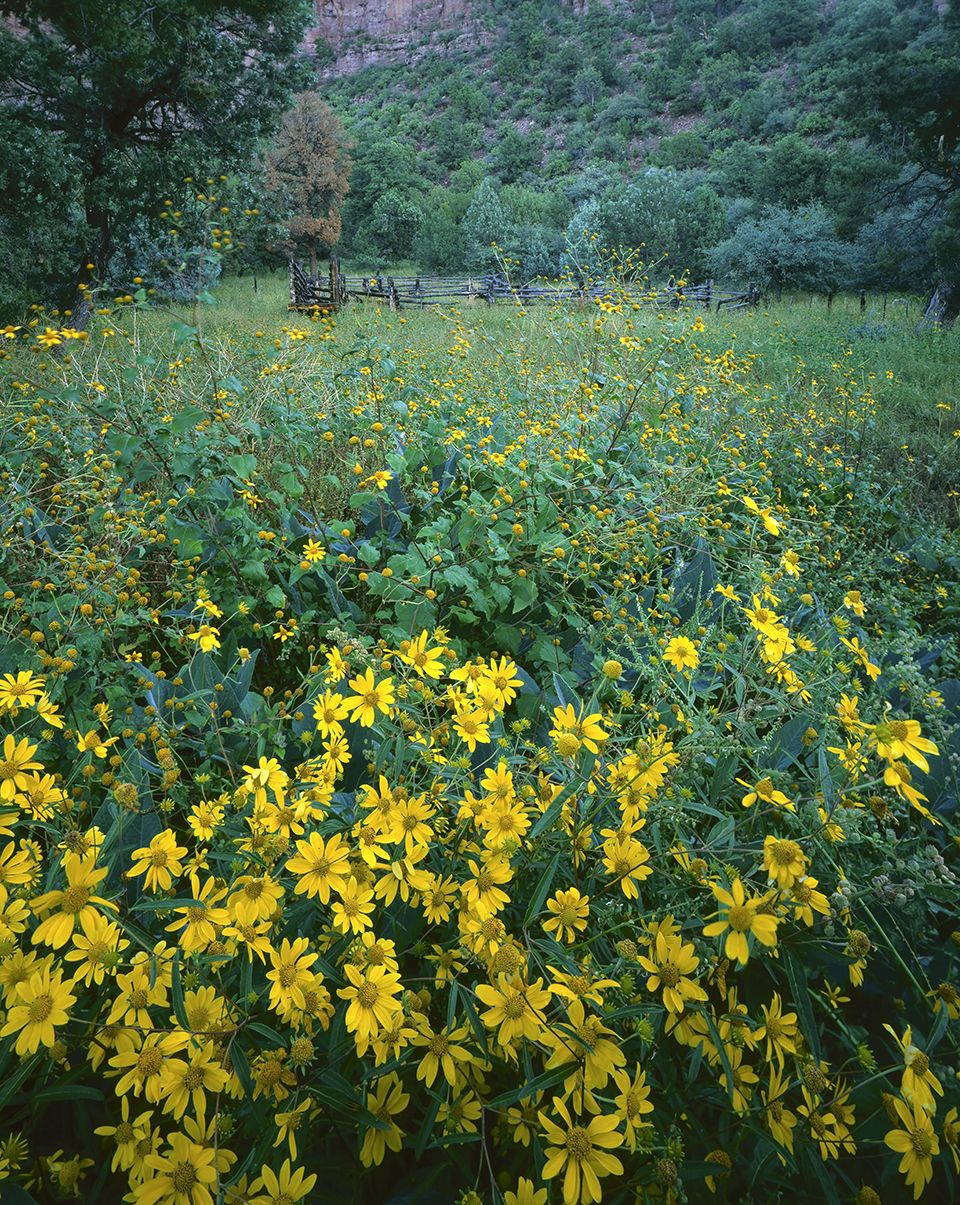
“I’m so sorry I have not gotten back to you sooner,” he replied weeks after my email. “I have been all over the state, dealing with wolf issues. Currently, we have no collared wolves in that area. I’ve always suspected wolves might be [there], since none of our current collared wolves stay in that area. That would indicate another pack is in there keeping our collared wolves out.”
As I prepared to put this story to bed, I heard once again from Dolphin.
“We counted three uncollared wolves there during the last population survey,” he wrote. “I felt like you had a credible sighting, and we had wolf tracks on the New Mexico side of Pueblo Park Road in November. We’re still monitoring that area to see if we have any opportunity to collar anything there.”
And that, to me, is one of the biggest reasons the Blue is worthy of wilderness designation. Ecologically, it’s one of the most diverse, pristine places in the state. Hoffman agrees.
“The Blue is big. It’s scenic,” he says. ”It provides all of the opportunities for solitude and primitive recreation — it’s large enough to provide real backcountry experiences. And it’s no accident that this area was selected as a place to release the wolves. There’s plenty of prey. There’s water. The biological potential here is unique beyond any other place in the Southwest, and certainly in Arizona.”
I walked carefully the day I heard the wolves, hoping to catch a glimpse of them. But, like the bear, they remained only ghosts. So, too, did the Blue River.
After miles of trekking, I knew that there wasn’t enough light to make it to the river and back. I’d crossed dry meadows and gullies full of green ferns, scrambled up rocky hillsides and bypassed the sun-bleached skeleton of some long-dead horse. I found the remnants of an old cowboy cabin and ate my lunch with a great, green, fat caterpillar crawling over my boot. And I knew I didn’t want to be caught in that wild in the dark. I had a headlamp, sure. But there were wolves. And bears. And dozens of other unnamed, beautiful things to startle and be startled by. So, I returned to camp, and the next morning, once more awakened by wolves, I retraced my route back and out of the Blue — this time making certain I found Bonanza Bill.
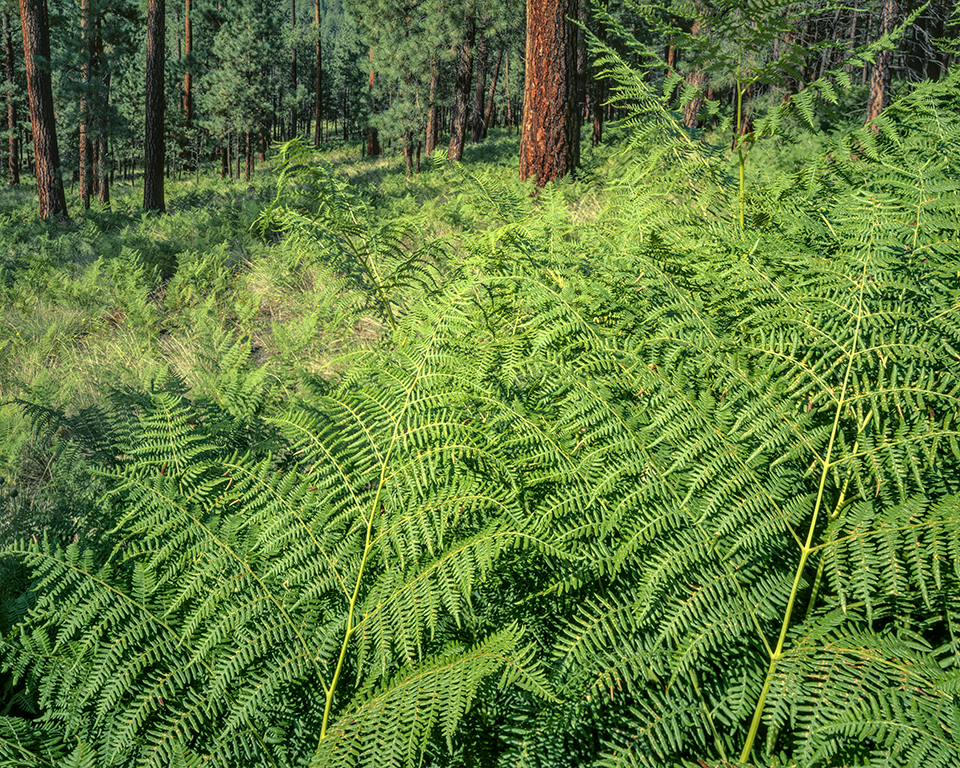
Months before I went into the range, I had read Black Elk Speaks, John Neihardt’s beautiful interpretation of the life and stories of the Oglala Lakota medicine man. Nearly 2 miles from the trailhead, I looked up and saw that some long-ago traveler had posted a cover from another version of the book midway up the trunk of a narrow ponderosa pine.
Certainly, Black Elk never wandered the Blue, but his words as they relate to wilderness seem universal:
“And while I stood there, I saw more than I can tell and I understood more than I saw; for I was seeing in a sacred manner the shapes of all things in the spirit, and the shape of all shapes as they must live together like one being.”
And while I stood there, I realized that the dirt beneath my nails and on my boots and in my hair and clothes had rendered me clean. My legs bled from the barbs of some angry bush, and my shoulders ached with the sore of too many miles under too much weight. And I knew that I would be an advocate for the Blue. My argument for wilderness protection wasn’t as hard to find as I thought it would be.
I had walked in the Blue. Breathed it. Survived it. I had legally trespassed there, and it swallowed me. And that was enough.
I don’t know if the Blue Range Primitive Area will become the Blue Range Wilderness in my lifetime. But I know now that I will dream it — the forest primeval, protected.
